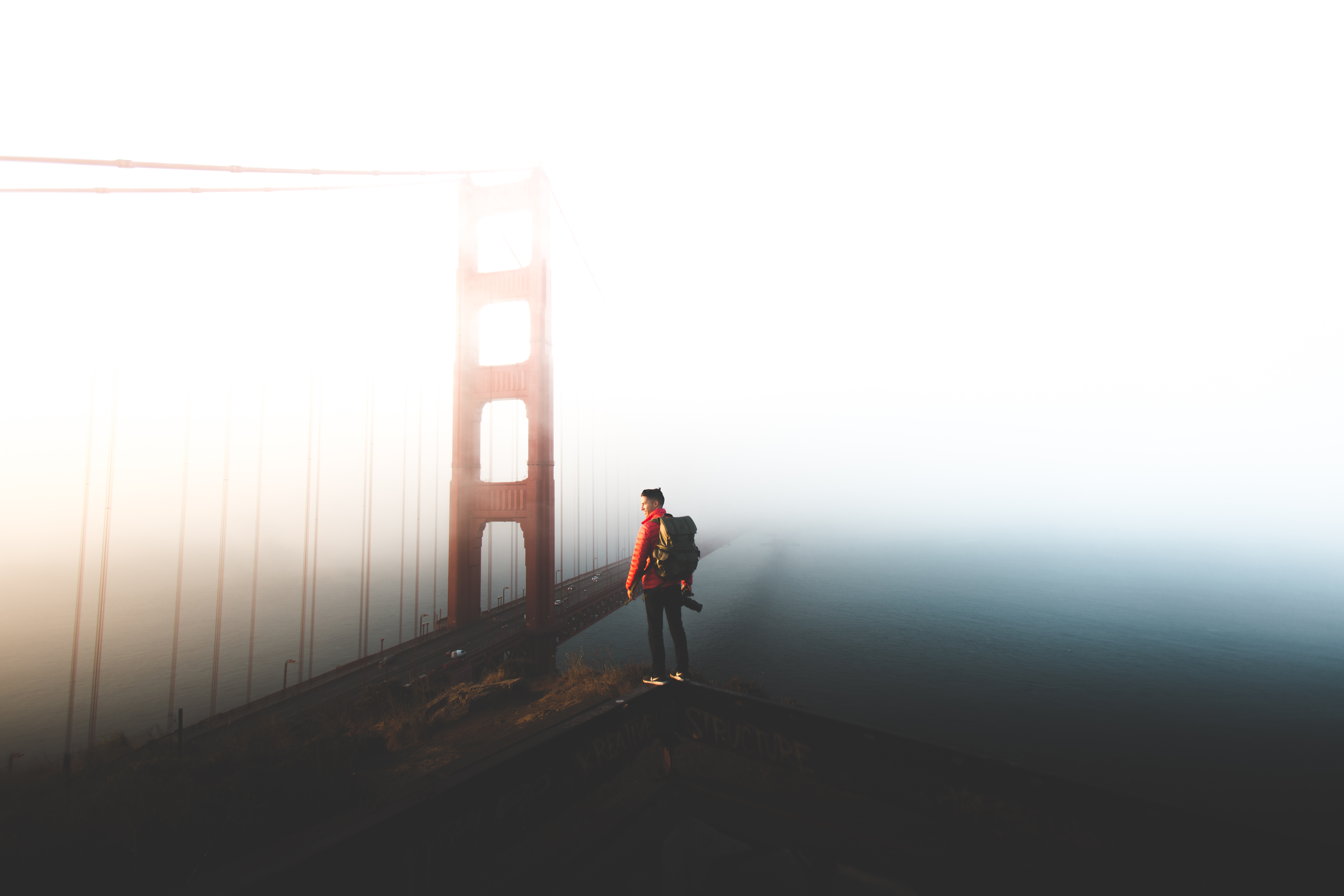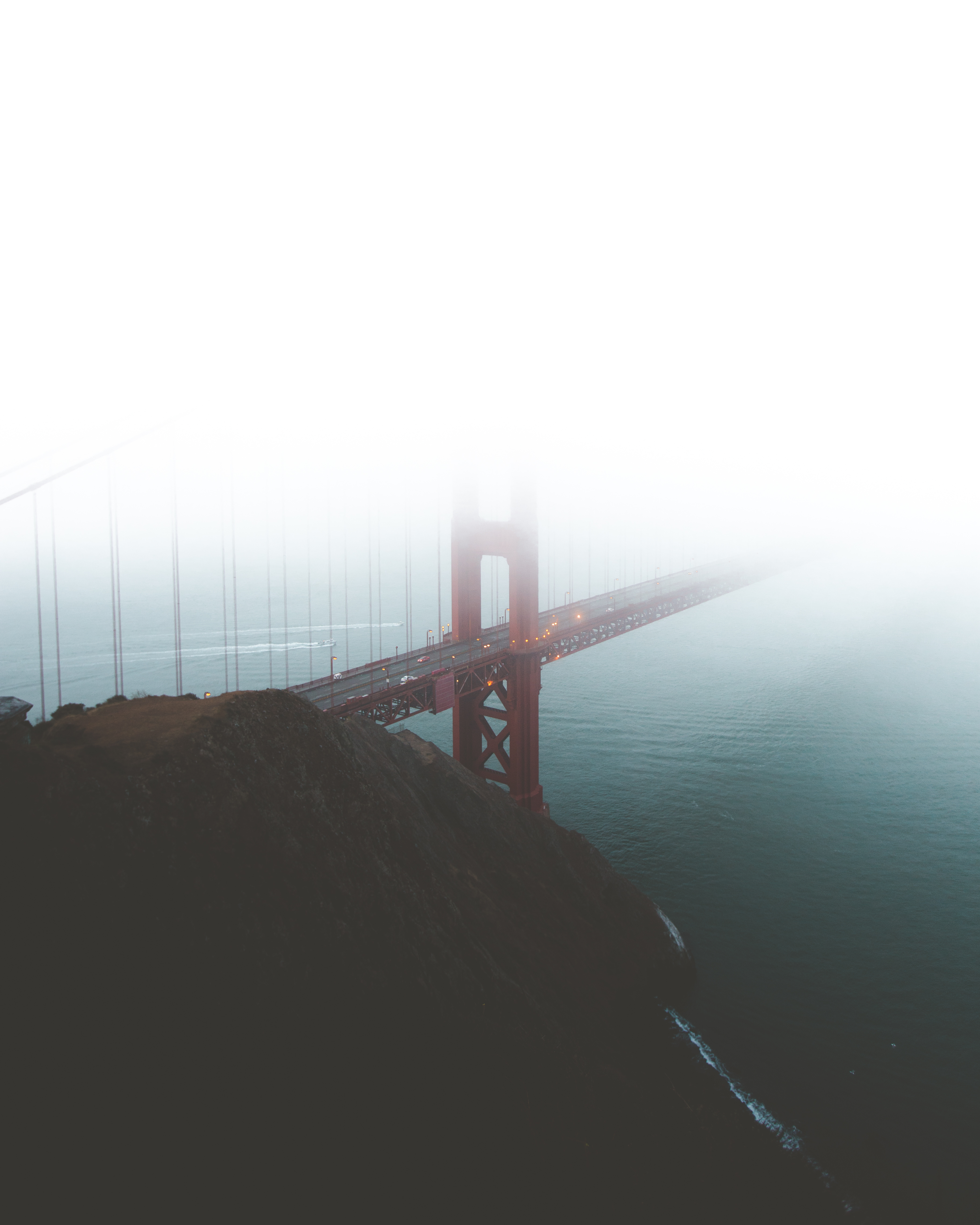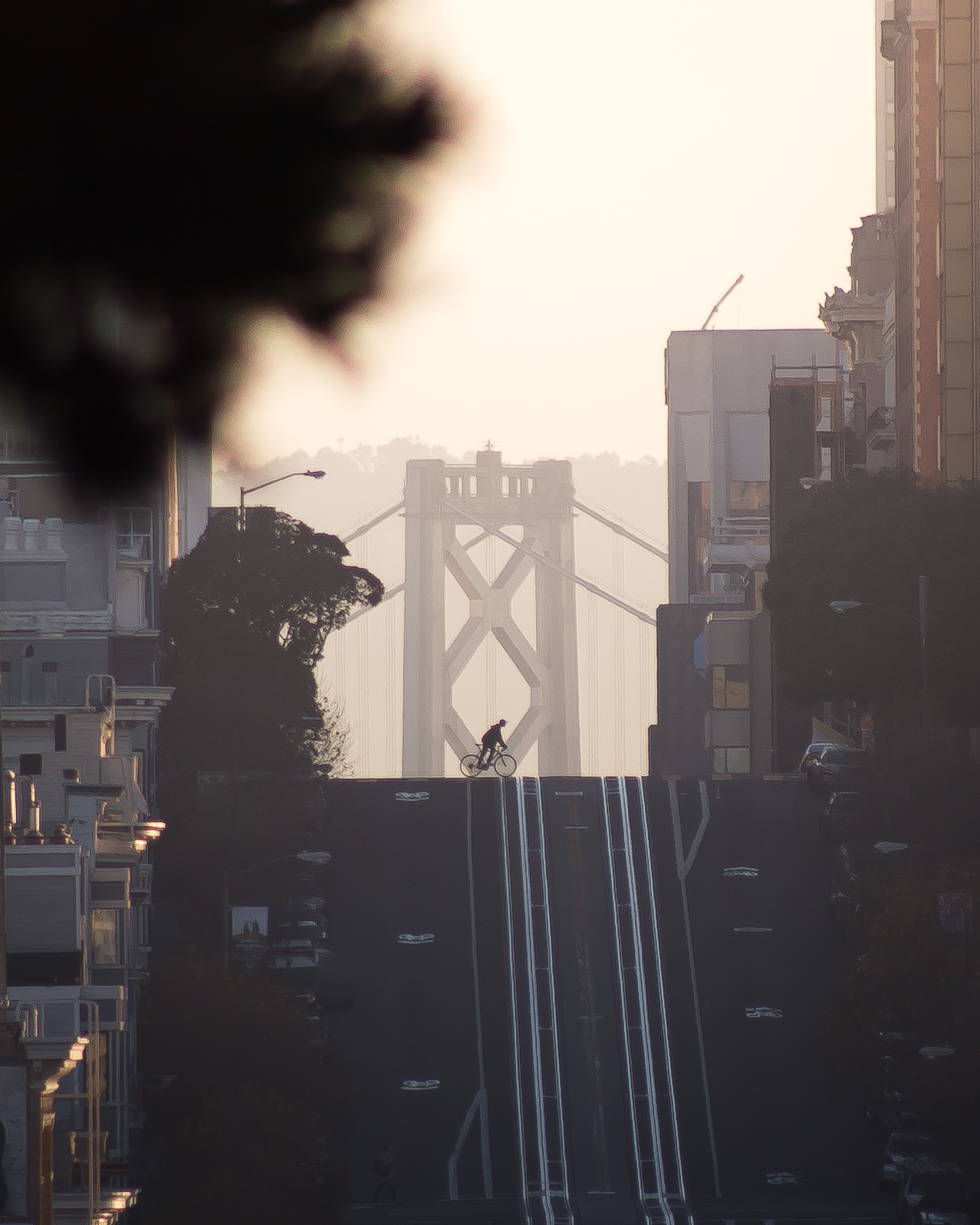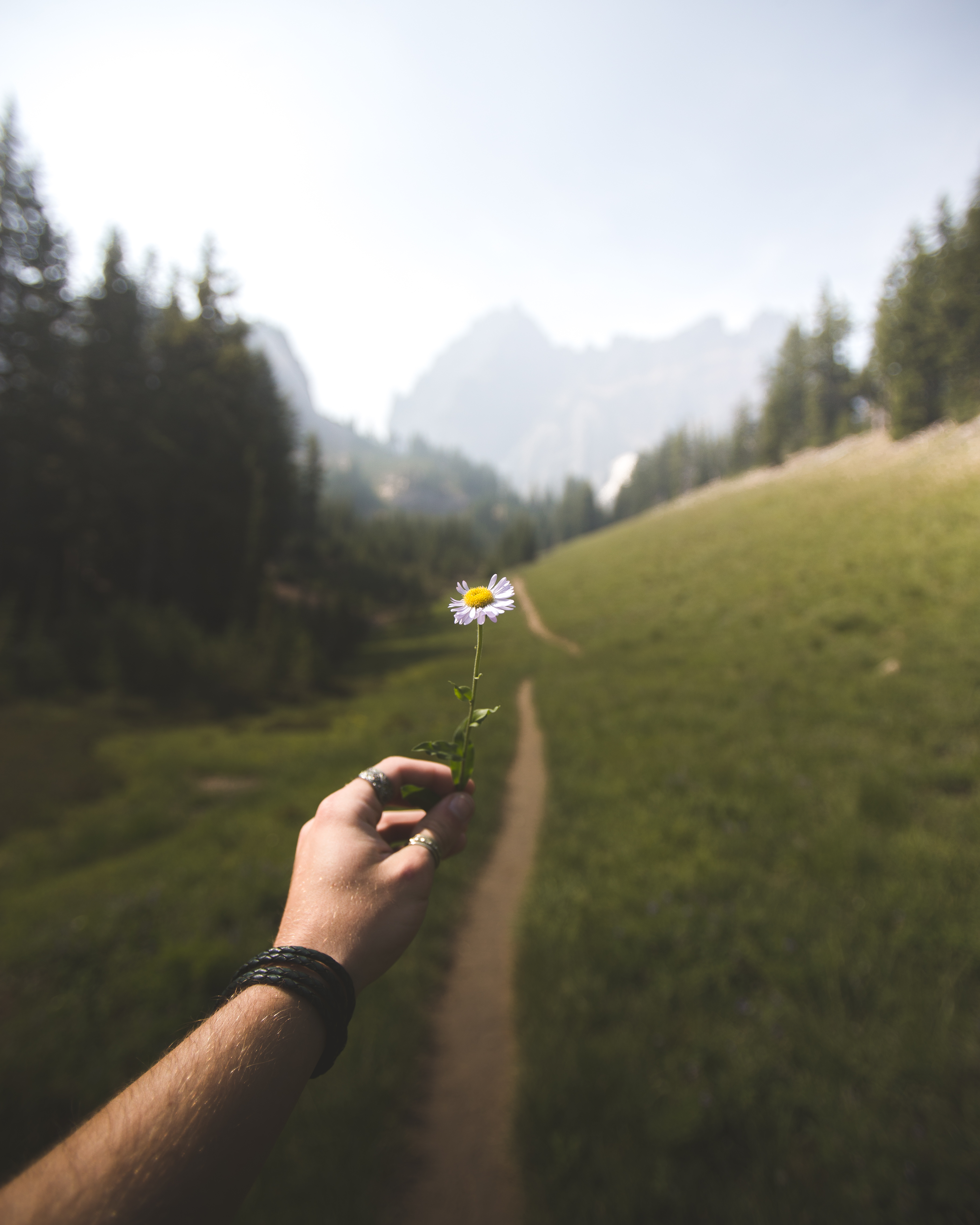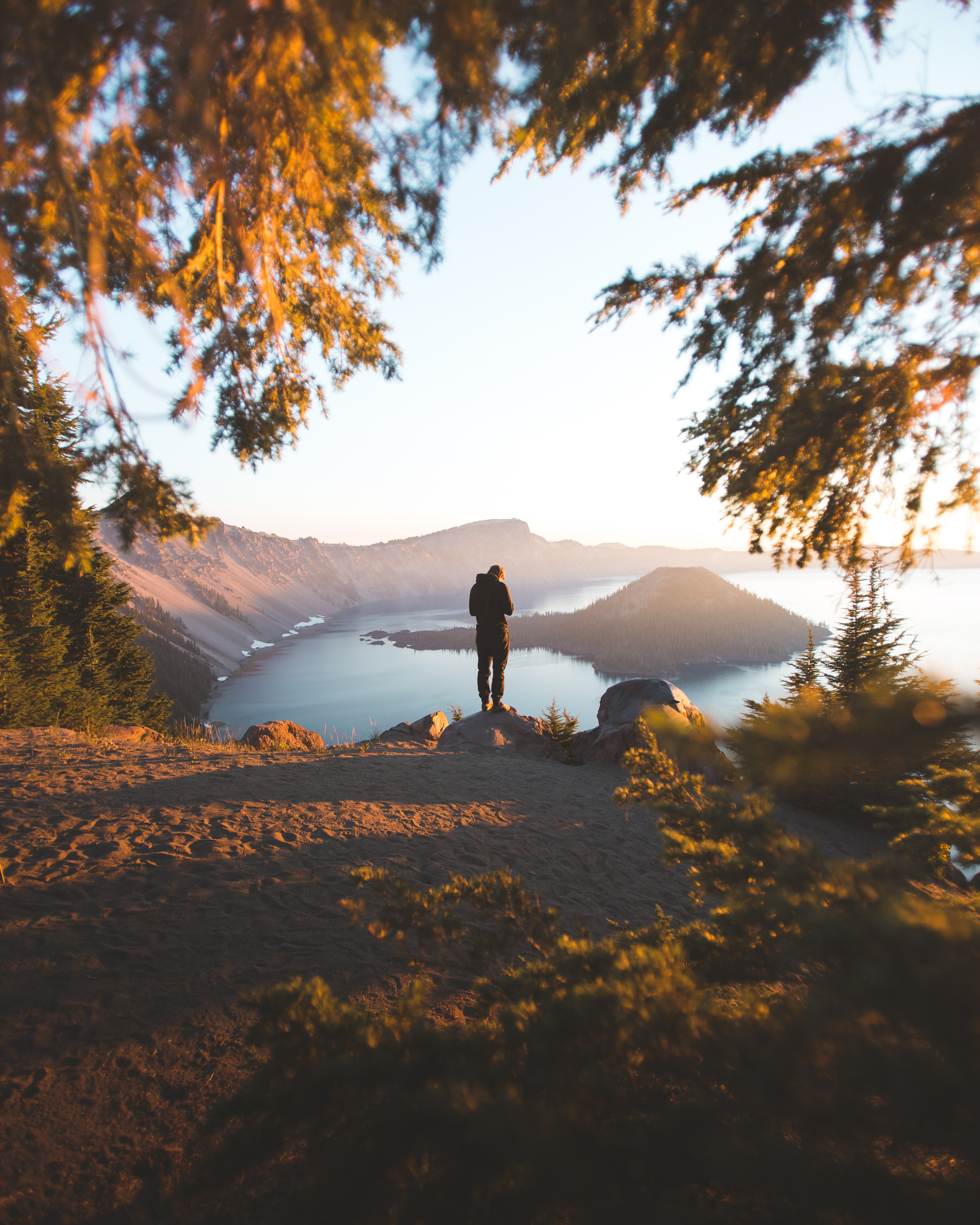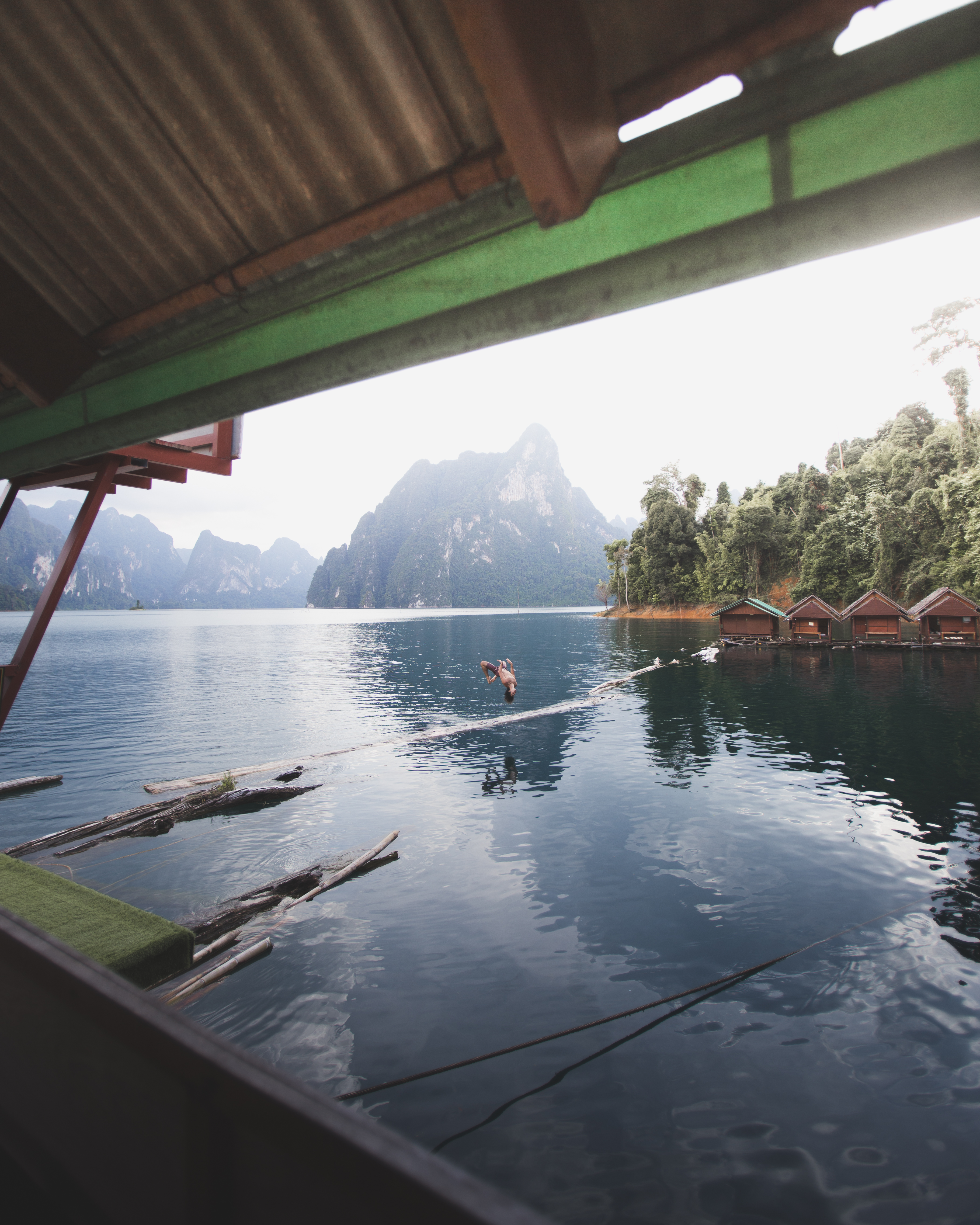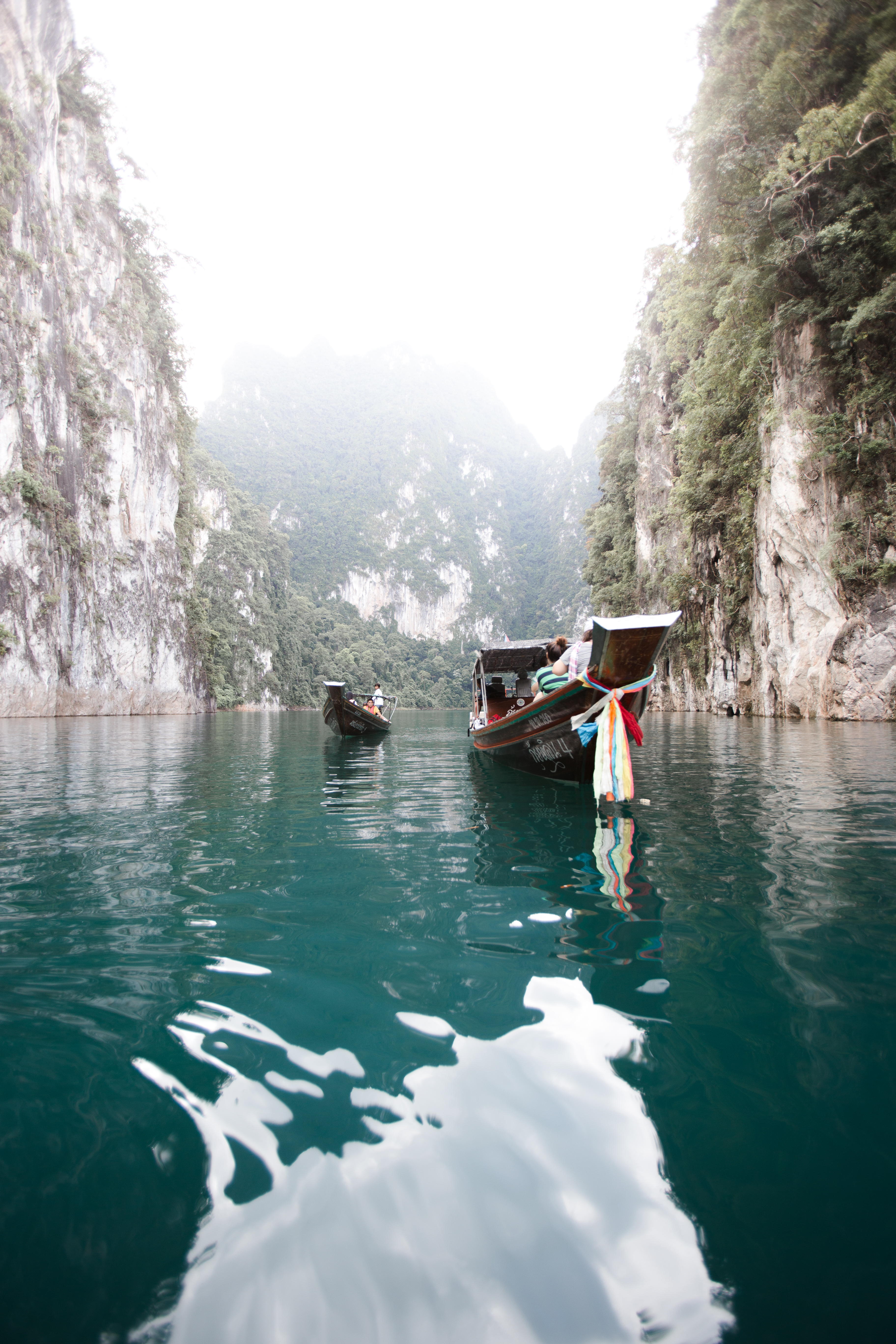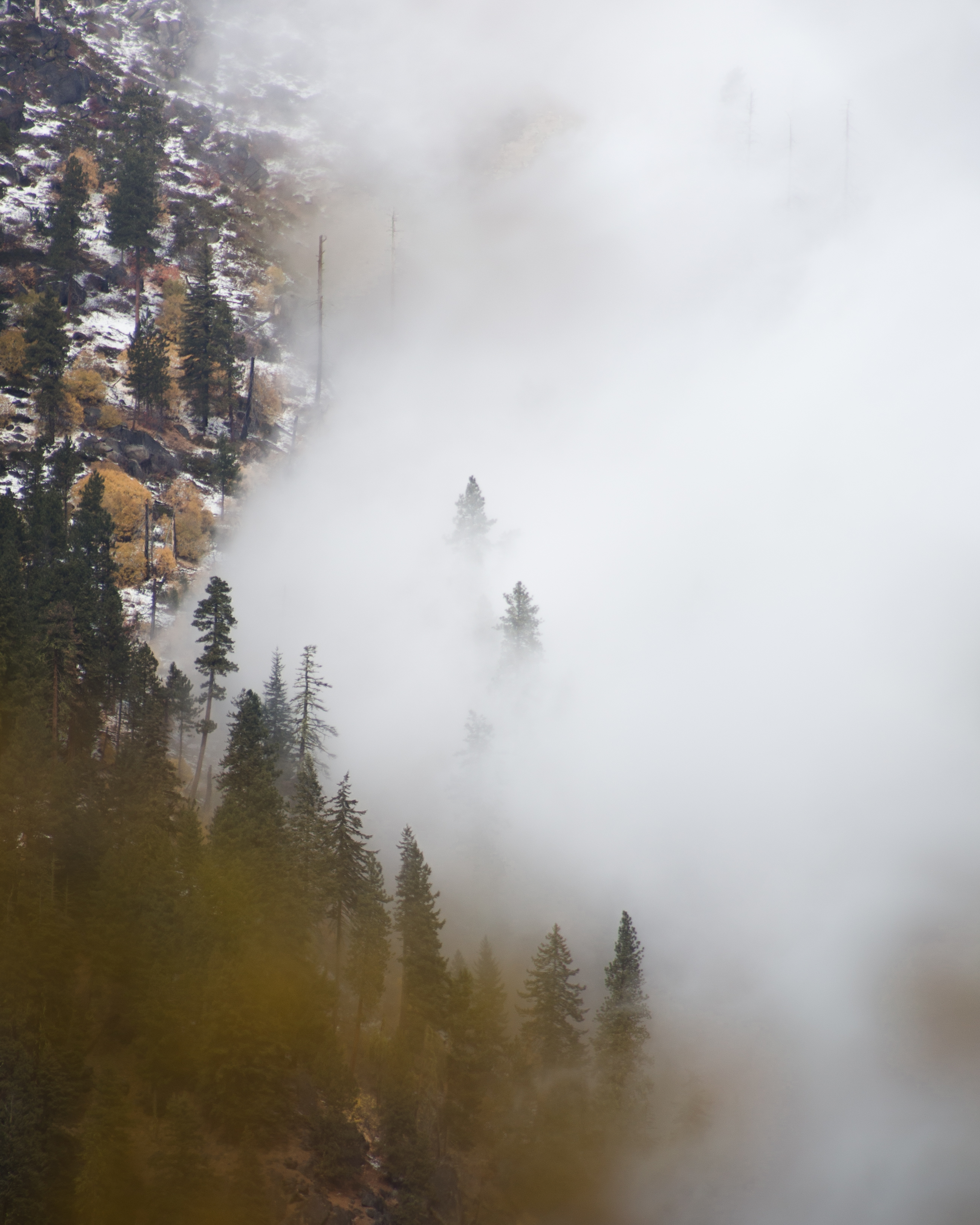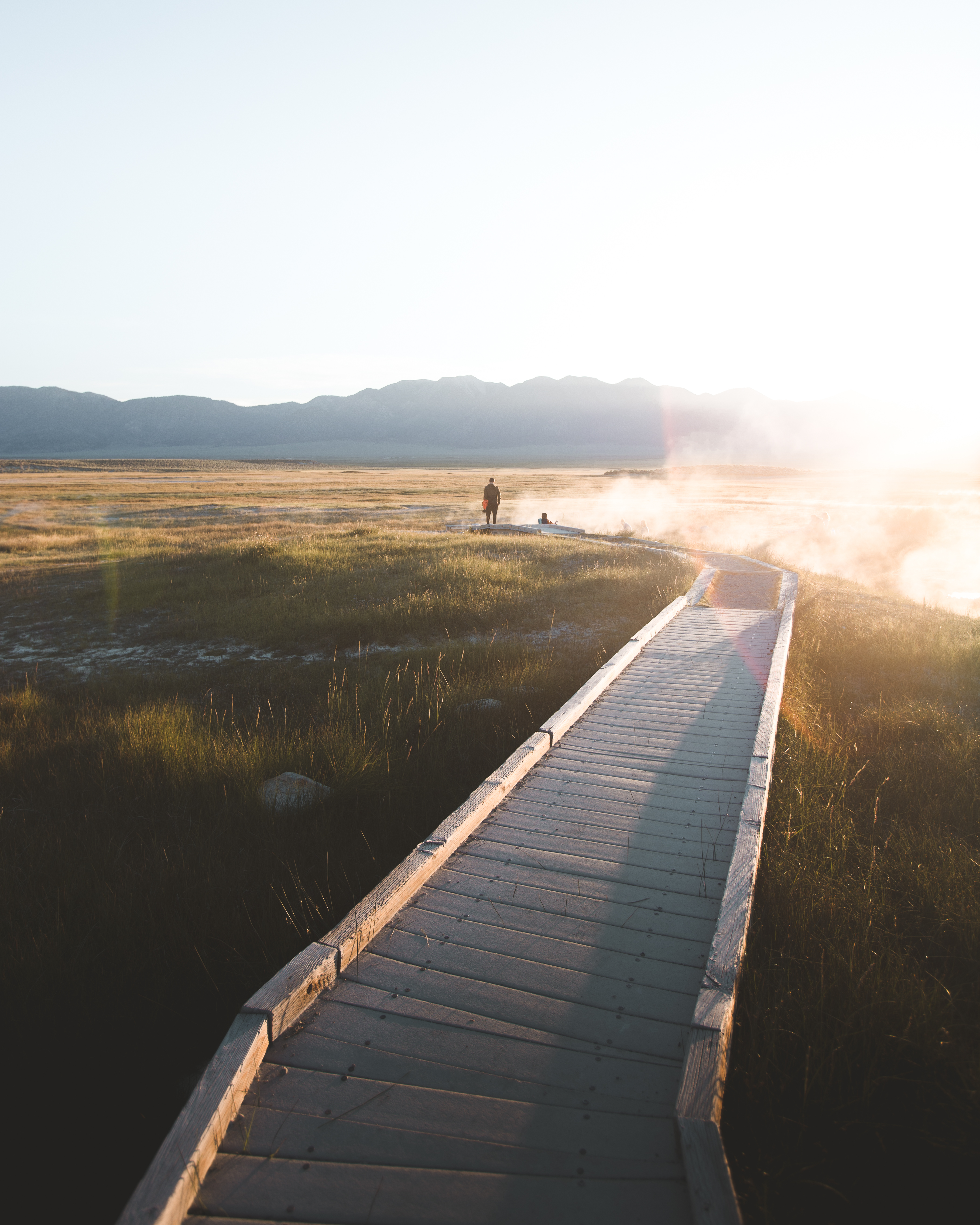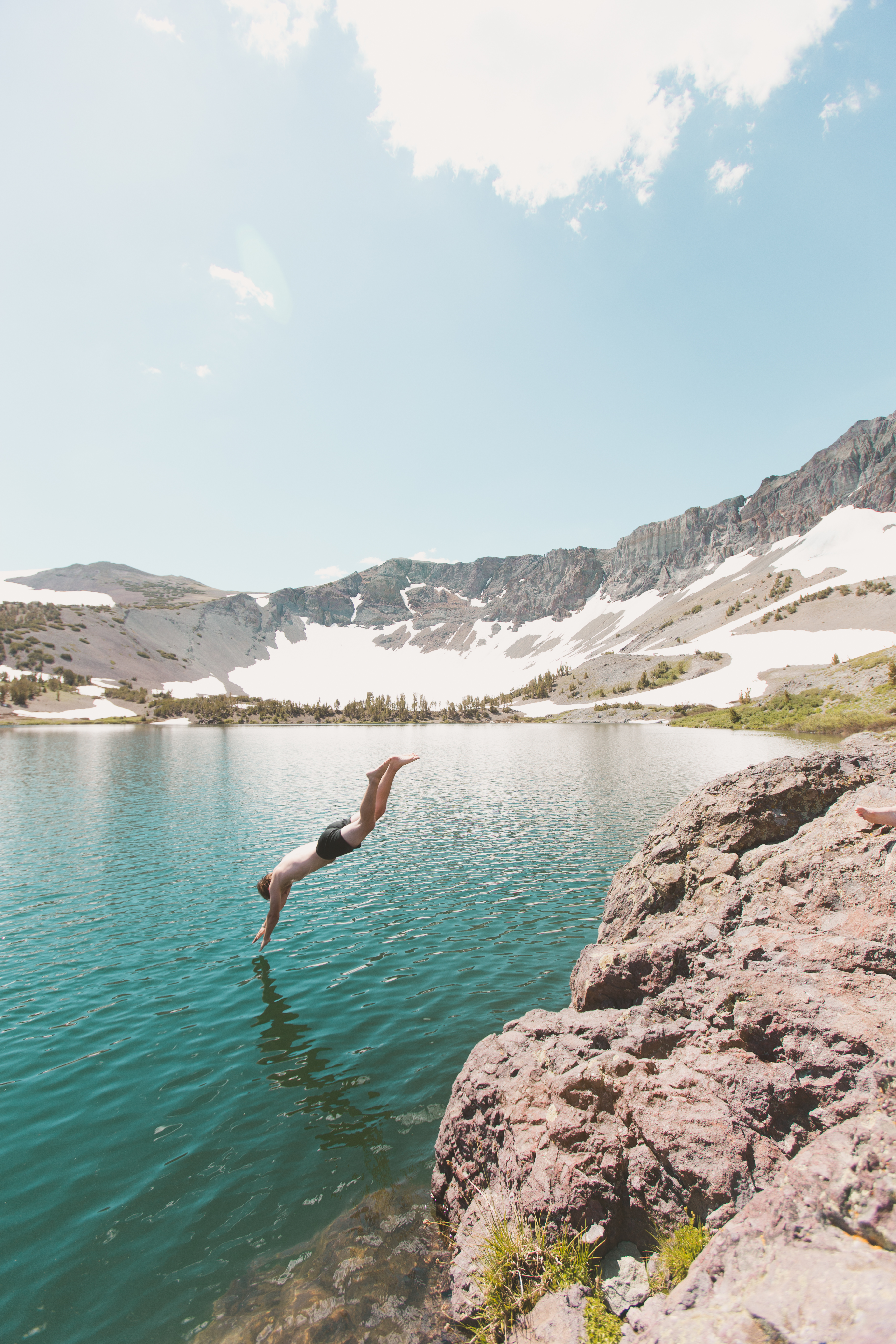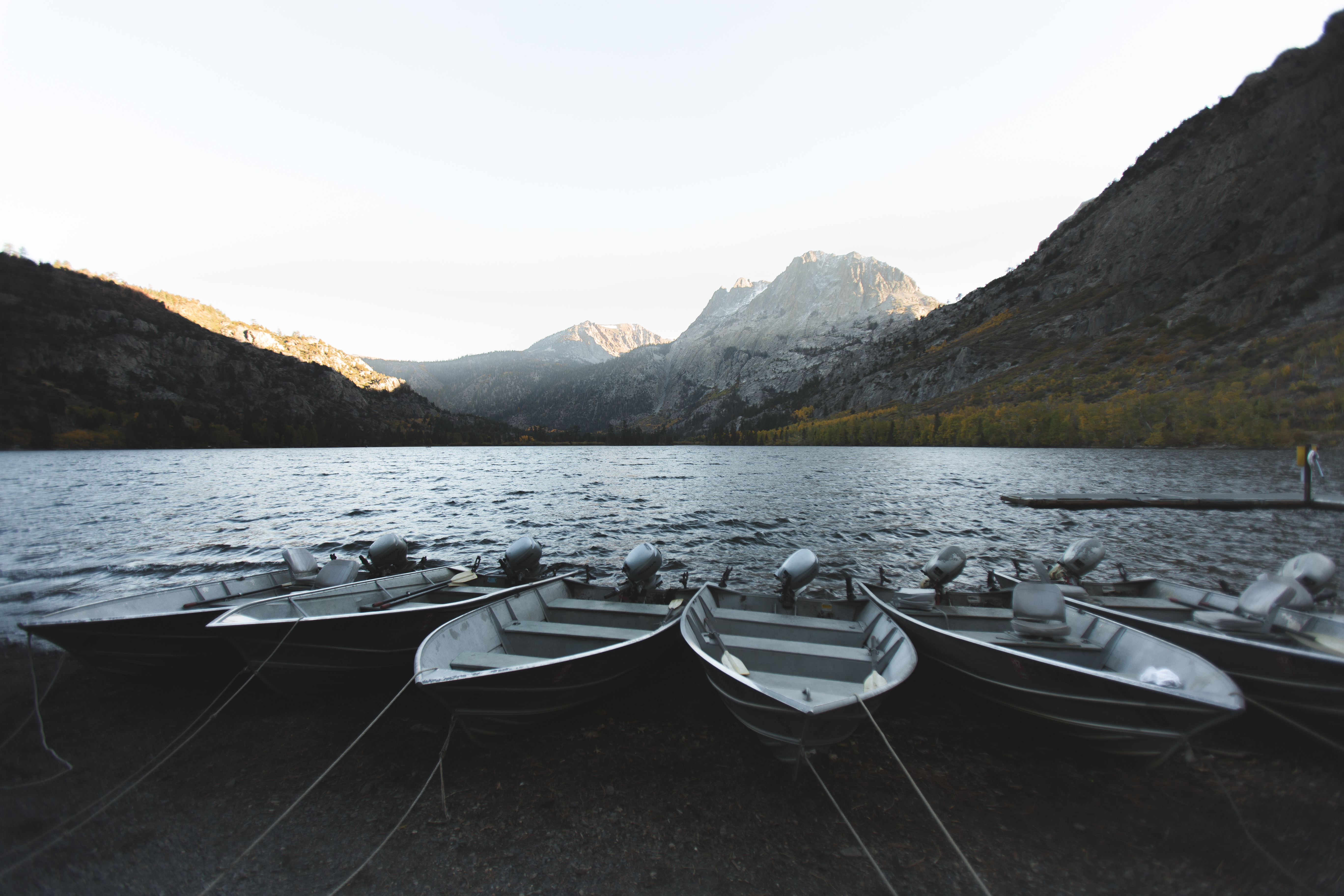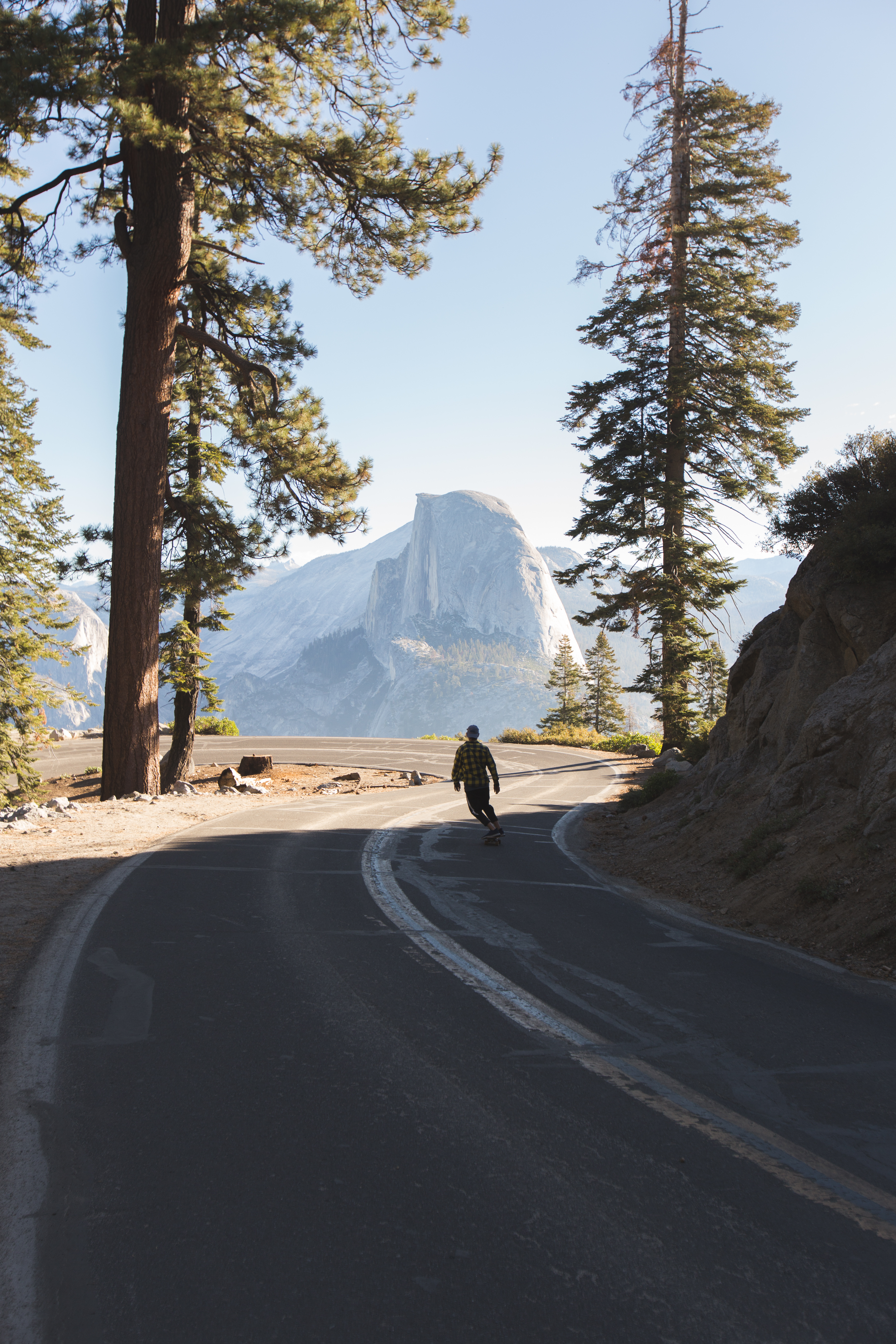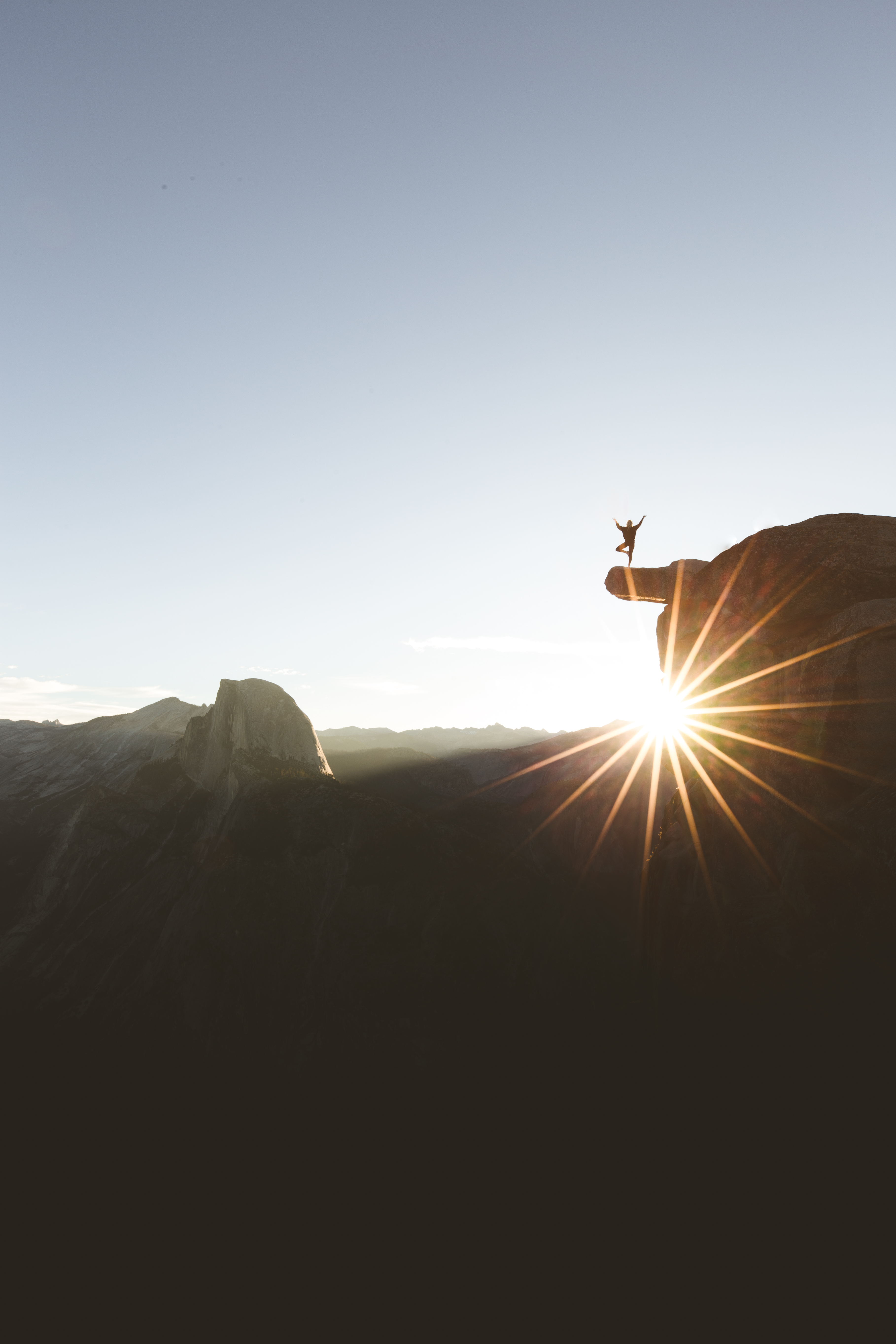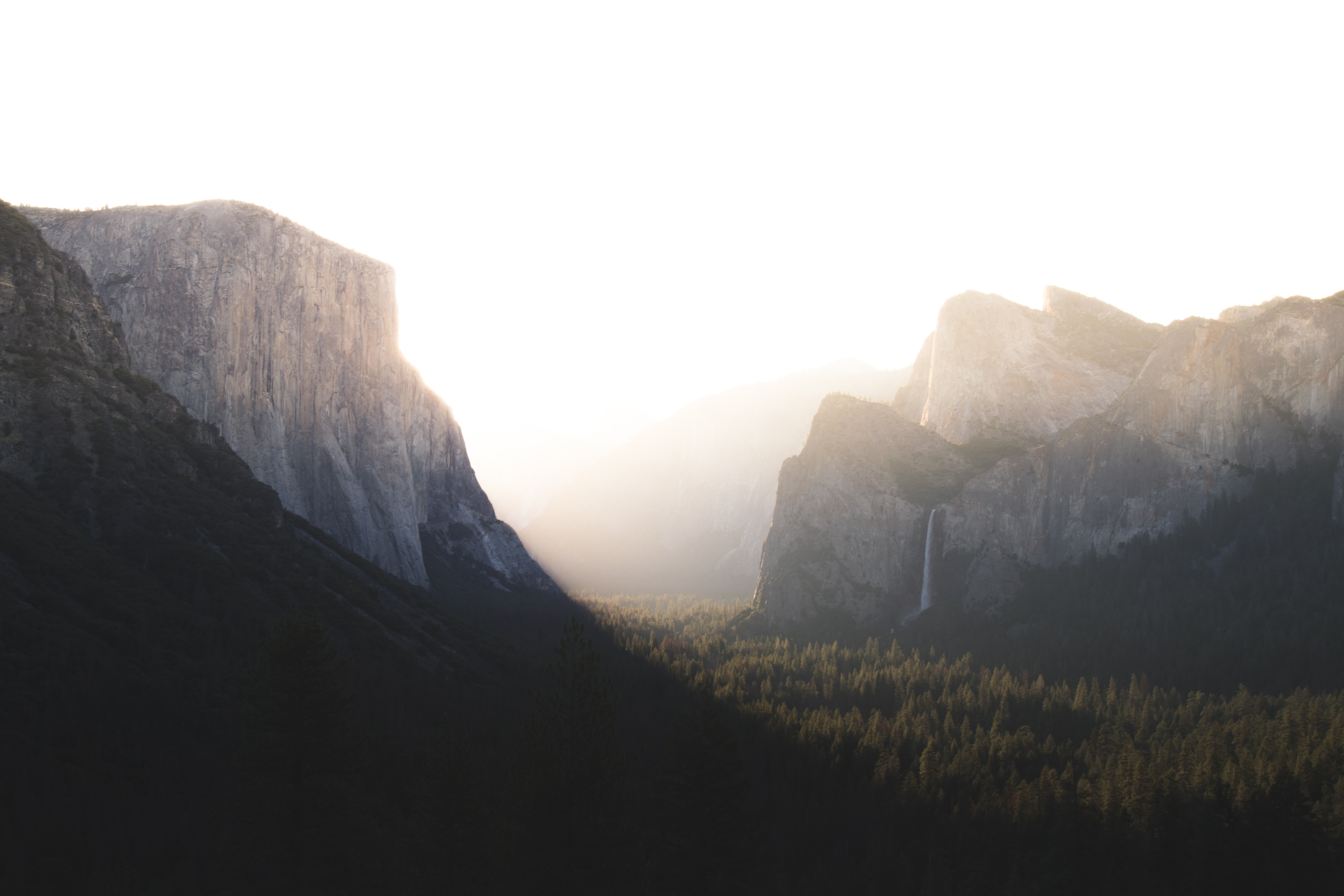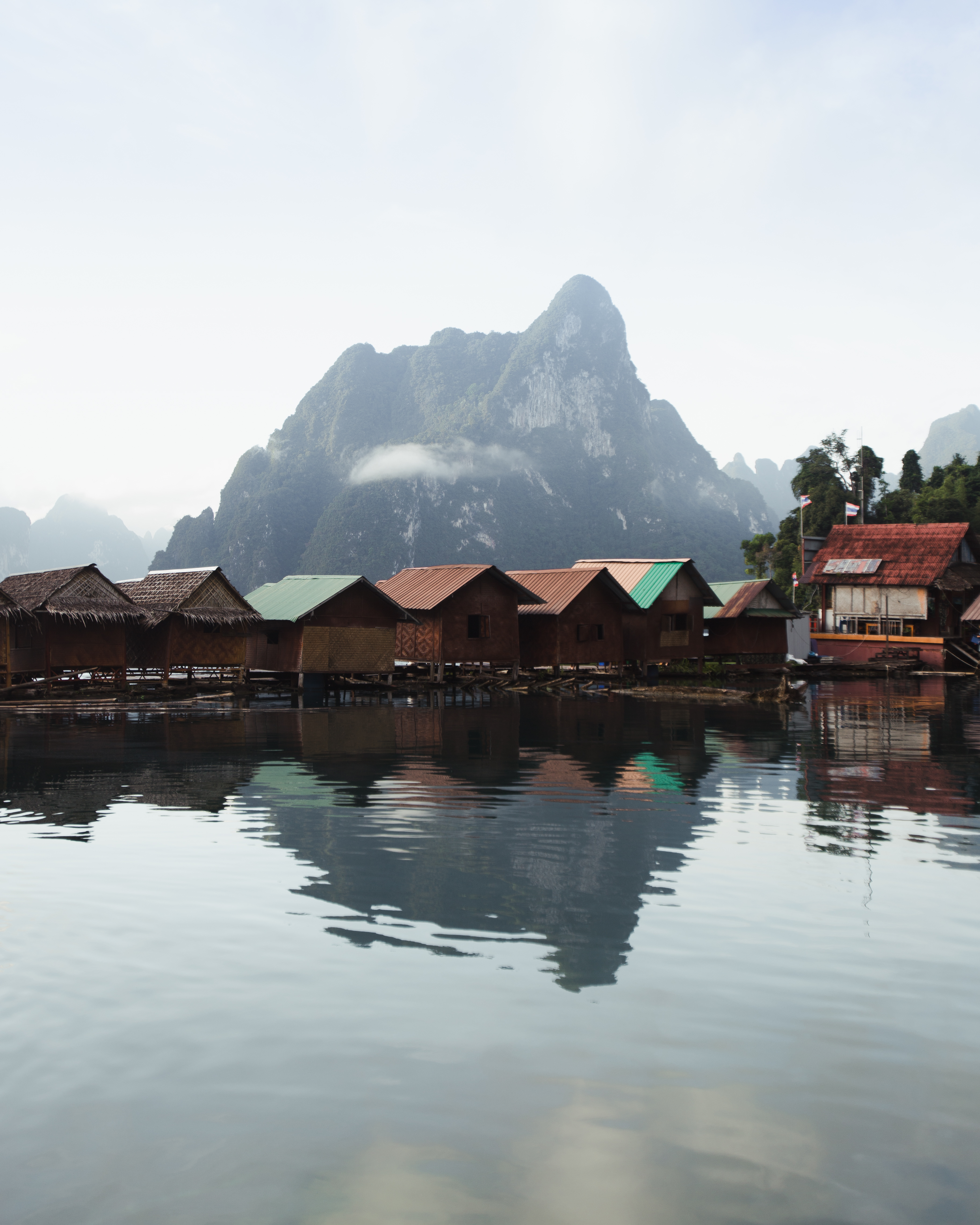
Great travel photography transports you. Even though it’s a visual medium, you can hear the sound of water lapping on the shore or wind whipping through the trees. You feel the sun on your skin and the wet rocks beneath your feet. This is because good travel pics don’t simply capture an image of a place, they tell its story. They introduce you to people and show you places familiar to the residents, but far from the tourist hordes.
That’s what Brian Chorski’s does. He’s a San Francisco resident making a name for himself as a destination lifestyle photographer. His images draw you in and make you want to pack a bag and fly off someplace new. To explore and never stop exploring.
This week, Chorski sat down with us to share the gear he uses, the role of Instagram in his work, and how to get a fresh take on the sites that every travel photographer has already tackled. He also gave us his two top tips for great travel photography, and they are something everyone can do. Read through this interview and take in the photography. We guarantee you will walk away with the basics you need to begin taking better travel photos now.
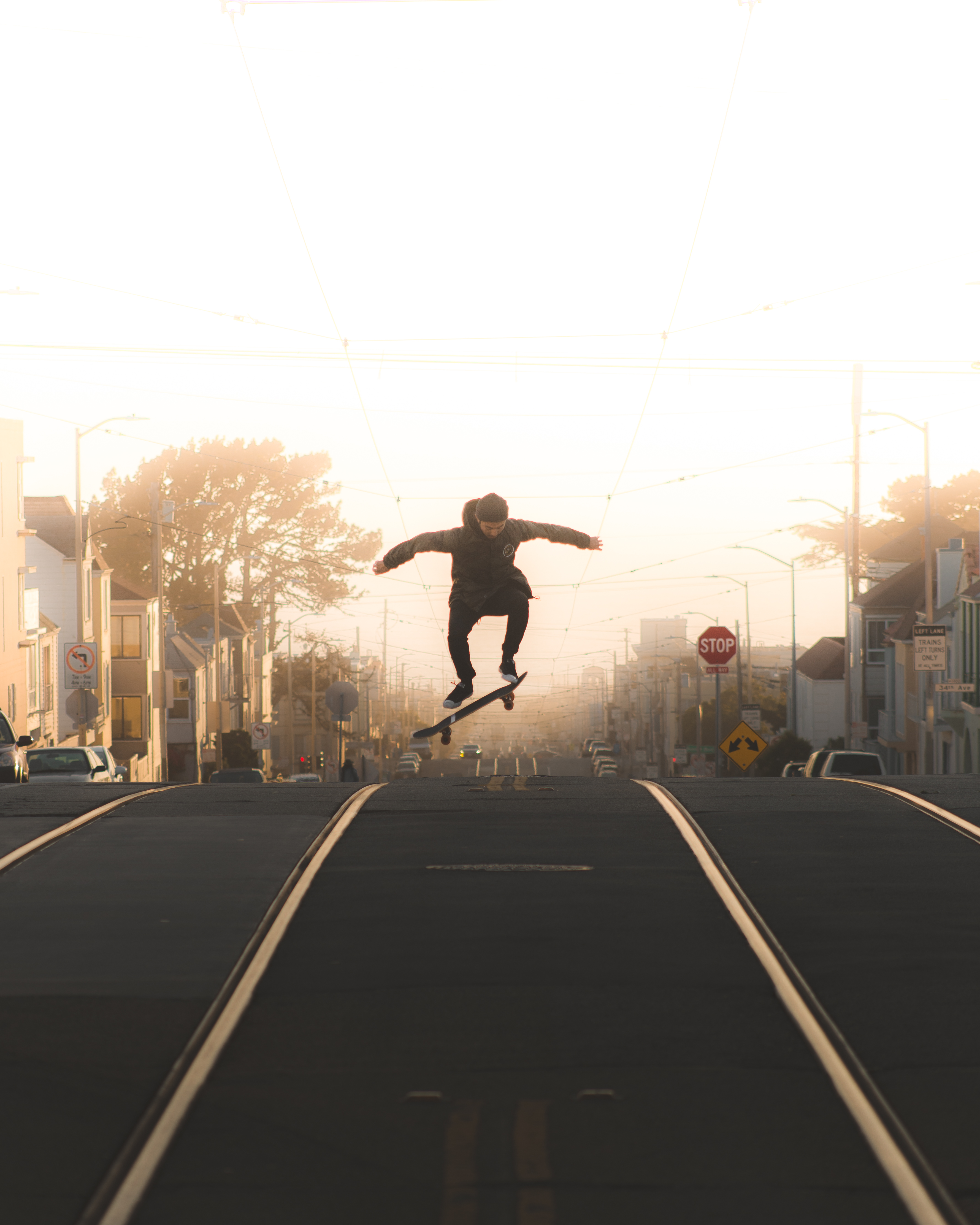
Tell me a little about how you found yourself traveling the world and taking photos.
I have a full-time job currently. I do a lot of this photography in my free time on weekends, weeknights, and during time off. That’s about the only time I get to do it, which actually ends up being quite a bit of time. I was brought into photography via a study abroad trip I took to France for five months back when I was in my undergrad, and I was living in Minnesota at the time.
I had never really seen much outside of Minnesota, and I was really kind of scared to be going on this five-month travel-slash-learning bender in a different country because I hadn’t left the US before. All I had was my iPhone, and I was snapping pics from North Africa to all parts of Western Europe. When I got back, I was like, “Damn. I should really have a camera on me at all times when traveling.” So, I picked up a camera. I did a lot of domestic travel, did a lot of road trips leading up to my move out to San Francisco, where I now work in the marketing space.
Now, when you’re traveling, are you bringing all of your gear with you?
It really depends what kind of traveling I’m doing. I would say I try to be as present as possible when traveling, and sometimes that means not having my camera on me at all times. This last weekend, I was just up in the Lake Tahoe area skiing with some buddies, and I maybe brought out my camera for a half hour over sunset on Saturday night. That was about it. The rest of the time was spent skiing and whatnot. When I’m on these dedicated missions with other photographers and we go out and get these really beautiful shots and try to tell that story, that’s when I’ve got my camera on me a little more.
I’d say my trip to Thailand explains that. It’s just a whole lot of running around with strangers and people you meet on the road. It’s hard not to want to capture all of that. There’s a little bit more routine trips, kind of like just hanging out with friends. And then there’s more of these adventures, Thailand for example, where you’re going out and you may not be there again. You really want to just take it all in and capture as much as possible.
Yeah. I bring all my gear, which is actually quite minimal on more lengthy trips and such.
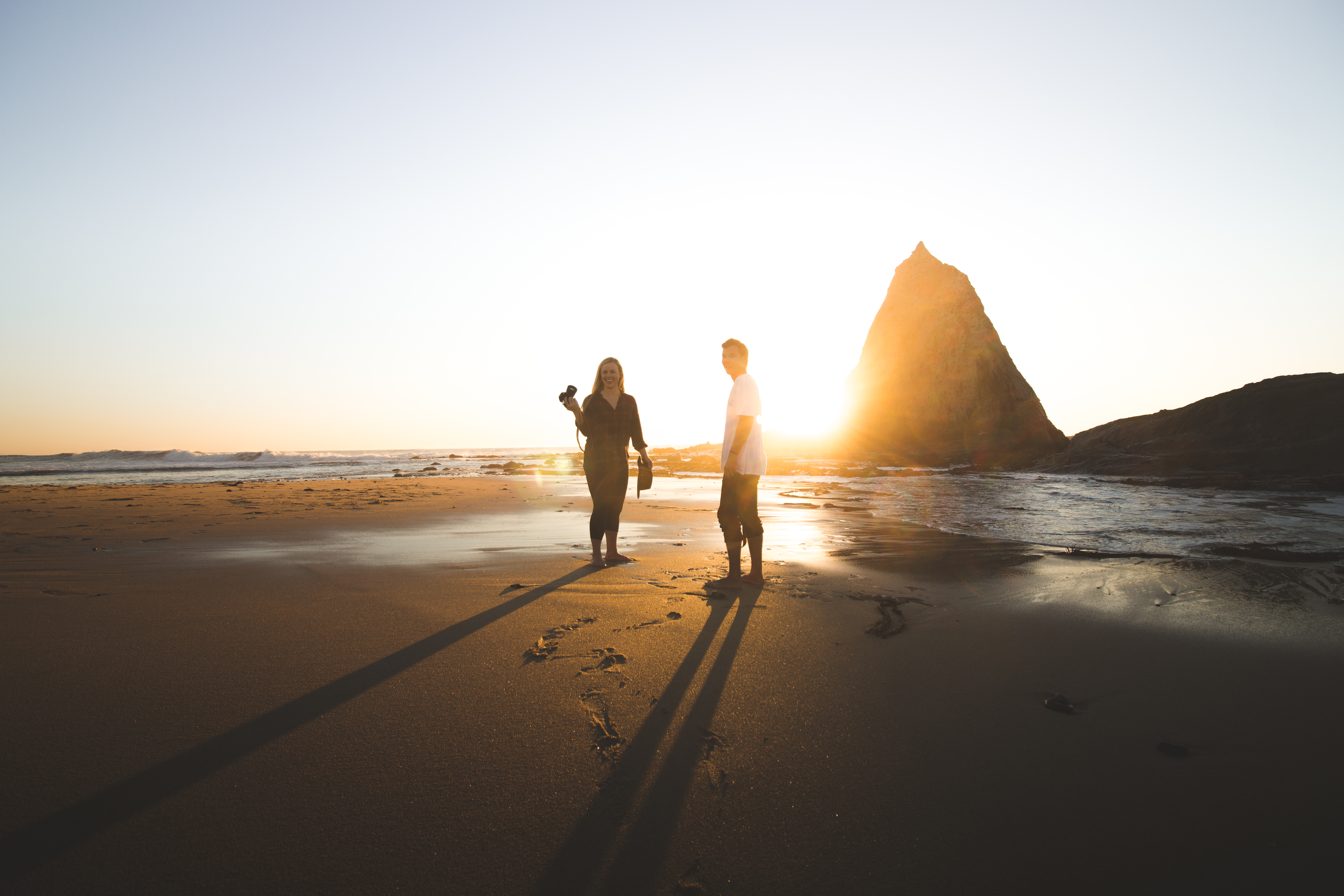
On these longer trips like Thailand, how much gear are you bringing, what kind of camera, what’s going with you?
Yeah. I have a pretty simple setup compared to most adventure travel photographers. I have a Canon 60 full frame body. And then alongside that, I have a wide-angle lens, and I have a sort of simple portrait lens. It’s a 50 millimeter. And then, I have a sort of zoom lens to get those more compressed shots from afar. I think that’s like a 75 to the 300-millimeter lens. I don’t think I even brought a tripod on my Thailand trip, really. I love doing night sky stuff every once in a while, but to save some space and weight when flying and stuff, I usually use rocks or my jacket or my backpack as an ad hoc tripod from time to time.
Awesome. So it’s totally possible to do that without having every camera accessory known to man.
Absolutely. It’s more about being what you see and making the best out of what you have, really, rather than having every possible ounce of gear on you. I know it all makes a better photograph technically speaking in the end, but I think just having the bare minimum can oftentimes produce some of your best work.
Nice. So, one of the aspects of going to a new place is usually there are going to be monuments or sites that have been photographed by a million people before. How do you keep that fresh?
Yeah. That’s one of my biggest struggles as a photographer. While I love seeing some of these amazing images of the same place over and over again, I have a really hard time going and actually visiting them and enjoying myself there. That’s the greatest question of modern day photography with Instagram and all of that so readily available.
I deal with it by trying to take as many unique angles and moments as possible. I’m really trying to transition more into lifestyle photography and capturing somebody leaning over an edge smiling and laughing to their friends in these amazing scenes is a lot more compelling and rich when it comes to storytelling than just a simple landscape with this person standing posed from afar. I think there’s more to capturing these beautiful scenes and these aspirational shots than just setting up a posed shot if you will.
So that’s kind of how I do that, and then I really don’t even find myself in those situations as much anymore as I did, a year ago. For example, I hate to refer to Thailand all the time, but while I was there I don’t think I visited a single destination, really. We talked with locals and people that were managing hostels and got really cool recommendations from them. We ended up at these just insanely epic spots; I haven’t seen a single image of these places on social media before. It was incredibly refreshing.
I think for that reason, it was one of my favorite trips of all time because it was so not researched, not planned, not, “We have to be here at 6:00 pm in time for sunrise and get all these amazing shots.” It was just riding our scooters around and going with the flow. So, I’m sort of moving more towards that stuff where you’re ending up in these beautiful scenes, and you didn’t necessarily plan to be there.
I would say that’s my long answer for that really juicy question.
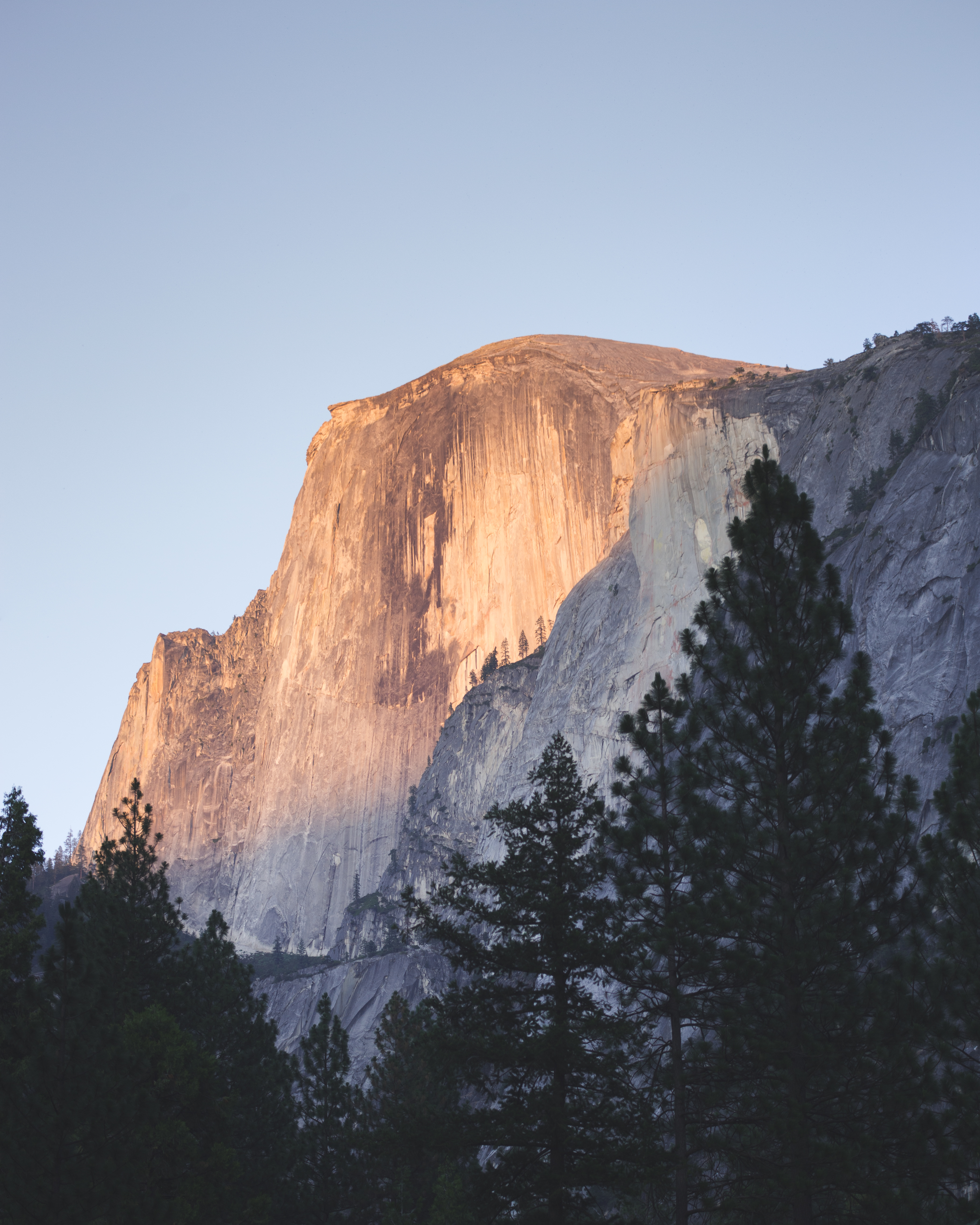
You’re still telling the story of the location. You’re just telling a completely different one than you’ve seen told before.
Yeah. That’s kind of how I would like to describe that. As an artist, you’re really trying to do something different every time, and I’ve been moving more toward capturing moments in people’s lives and their energy in that moment. Putting together more photo sets rather than single images is something I’m working toward, and that’s been a big help in that.
I’m going to reference the Thailand story now. I know you guys made friends with people that you didn’t know beforehand, and you’re talking about how you incorporate people into these frames. How do you really tell a story and involve these people? Are you just randomly going up to people? Are you candidly photographing them?
Yeah. I can see where you’re getting that question from. The people that I was fortunate to meet on this recent trip were partially through Instagram. I had one buddy that I just randomly met up with once in Death Valley who was in Thailand at the time, and I was like, “Hey man. I’m going to be out here.” We ended up meeting up and hanging out pretty much the entire two weeks I was there.
That also happened with another friend I had been direct messaging with on Instagram in the past. I met up with him in the southern part of Thailand like a week later. They had already been hanging out with people at hostels and that group just filtered into our group. We ended up having like a group of eight running wild in Thailand for two weeks on scooters and boats and stuff like that. It was really quite lucky, but I also sort of attribute it to social media.
That’s really a good resource for photographers, isn’t it?
It’s really becoming an amazing resource for meeting up with other people. Not only fellow travelers but fellow creatives that are doing kind of the same thing you are. At one point, I think we had three pretty killer photographers in our group in addition to my buddy and myself. It was really awesome to be with a group of people that were down to get up at 5:30 for sunrise four days straight and just cruise around and have a few others with us that were willing to bear through the early mornings. That was just a really cool thing to be a part of.
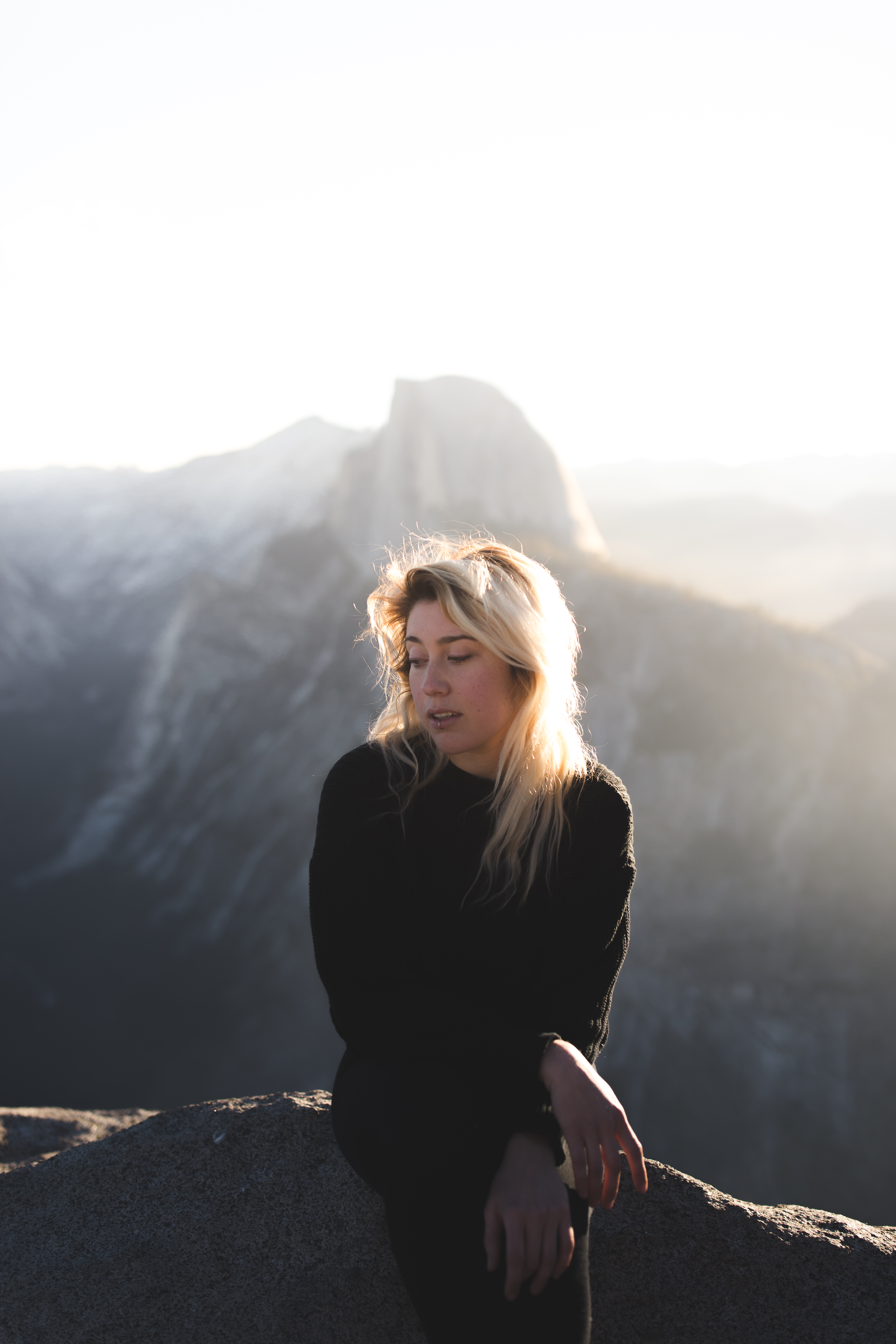
It’s always nice to feel like you’re part of a community, especially a community that has shared values.
Yeah, and that’s the biggest part of the joy that photography has brought me: being able to connect with people that you would’ve never been able to do. Because of a simple app, you’re able to share these moments, these images of people. Ultimately at some point, you get together and do this together. It’s really, really fun.
What about, like not people that are your peers, but people who actually live in the location. How do you capture them to make them part of the story of a place?
That’s a good question. I don’t often take photos of people that I don’t personally know or am traveling with. So, that’s something I’d really want to work towards being better at. I think I’ve photographed some random people in San Francisco before on the street. And some people walking markets in Thailand as I was capturing local scenes, but not necessarily making that a point to take photos of strangers. That could be a really cool outlet. I think I could do a much better job of is just not having subjects to photograph all the time with you but be able to make the most out of just natural scenes.
When you go to a place, do you have a plan before you start photographing?
Generally, I do not when I go to a destination or a location. I think I have approached it that way before and it’s sort of been like a forced creativity that I want to get x, y, and z shots. I do very little planning before I get to locations. I’ll bring a skateboard or some fun stuff to do like a Frisbee if I’m at a beach, but I try to stay away from setting stuff up too much. Creating these posed images is oftentimes a result of when I tend to think the way of planning stuff out too much.
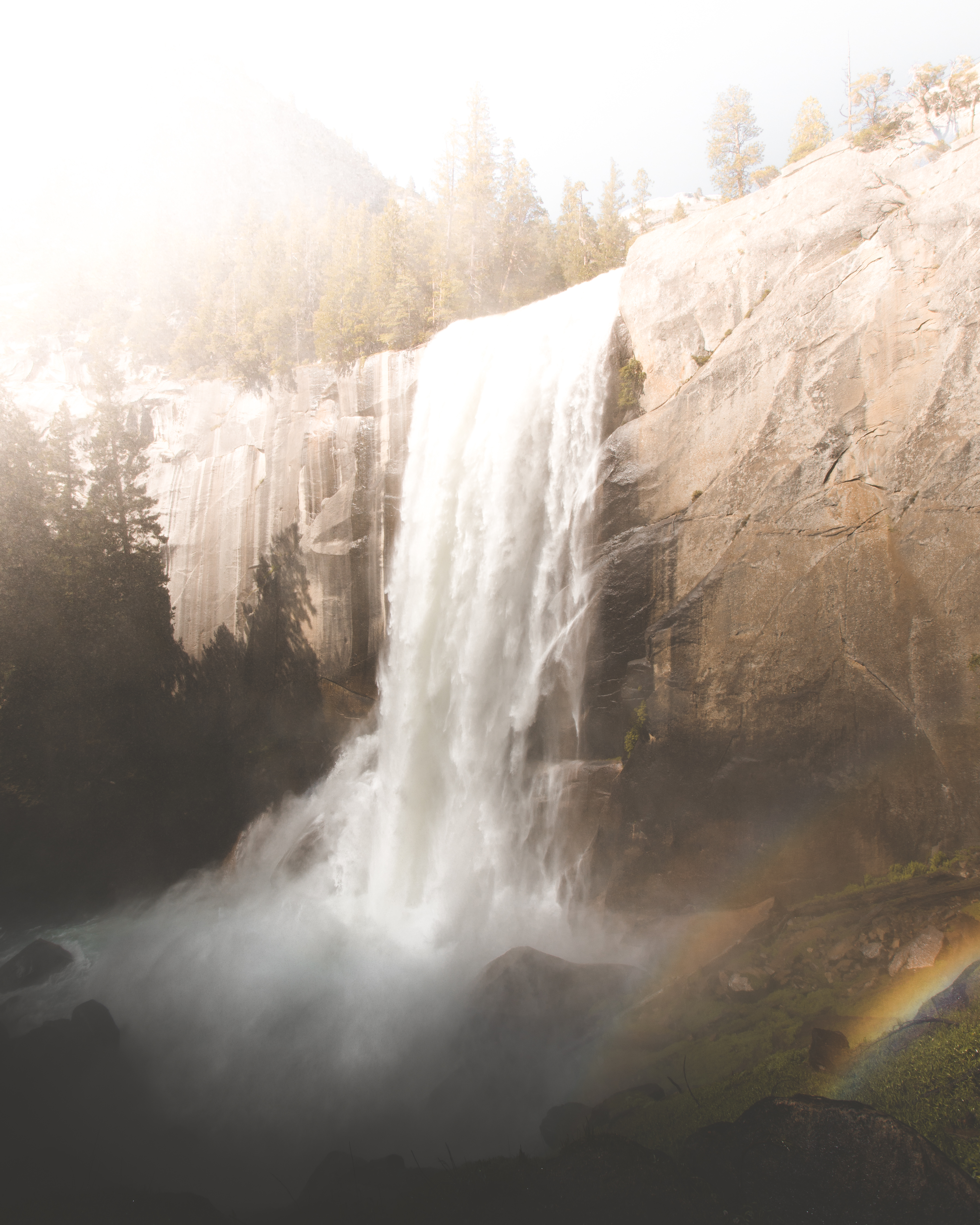
You said you’re moving more into lifestyle photography. Would you say that when you’re traveling, do you think you’re telling the story of the location, or do you think you’re telling the story of the travelers?
I think more so the latter with the support of locations and what those locations did to us or how they affected us. It’s almost always positively. I think it’s more about the people and your journey. The plus is attributing what these locations did to you, like how they made you feel. It’s about your emotions from being there and how the place contributed to that.
What makes you stop and want to photograph something when you’re traveling? What calls to you?
It’s the idea that I may never see a certain place again that makes me want to document it in that way. It’s a sort of unsettling feeling to me to know that I’m in an insanely epic and beautiful place, and I may never touch foot there again. And that’s one of the reasons I love to have my camera on me at most times as I can.
If someone’s reading this article and they’re like, “Okay. I want to tell this story of a place.” What are one or two tips that you would give them? What’s your advice as a wise, old travel photographer?
A wise, old 23-year-old photographer.
God damn it, Brian, if you can’t use the wisdom of your years, what good are you?
I’m embracing my youth now that you mentioned that. So, I would say a couple tips, at least from me, is to be able to tell the best stories as possible.
I would say keep the planning to a very minimum. Have a good idea of where you want to end up and who you want to be with, but from there let your creativity, your fun playful side show. Minimal planning would be one tip. I realize how misleading that can be, but I think there’s a certain value to be had in not having everything so architected.
And I would say secondly, it’s about the people you’re with. I think the reason I’ve gotten such enjoyment out of being places is because of people I’ve shared it with. I don’t think I’d have as much fun if I were just by myself in these places. It’s really a huge deal to have a great crew that you can share moments with, capture their emotions, and just be as present as possible and snap a few photos in the process. To sum that up, I think it’s minimal planning and people..
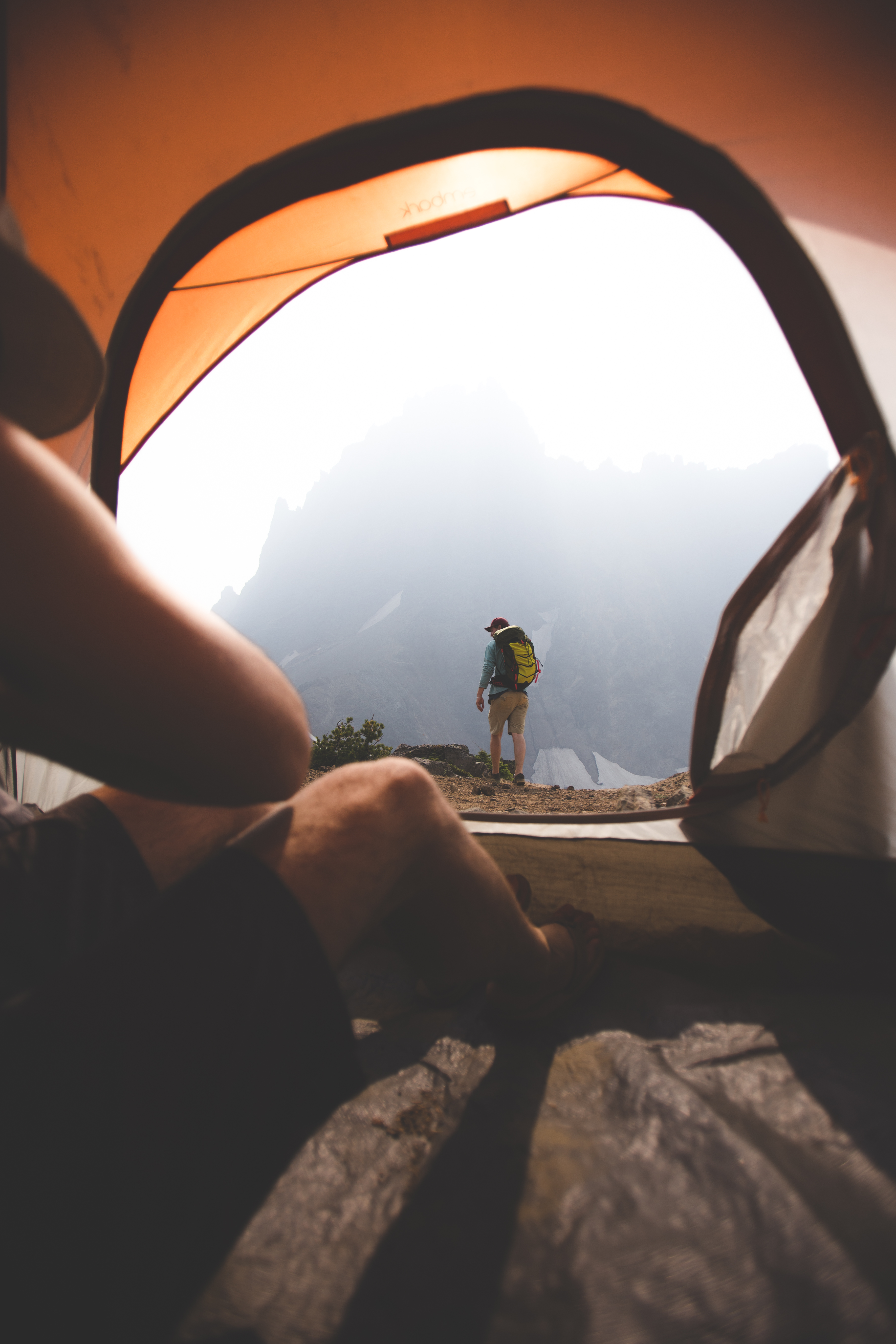
Awesome. I love that.
Leave room for the fun and don’t focus too hard on getting the shot. I think that’s one thing a lot of photographers these days could take to heart. Obviously, that’s very subjective and there are certain photographers that may not agree with that. But, I think when it comes to my approach in my craft, I think those are the two things I embody the most currently.
